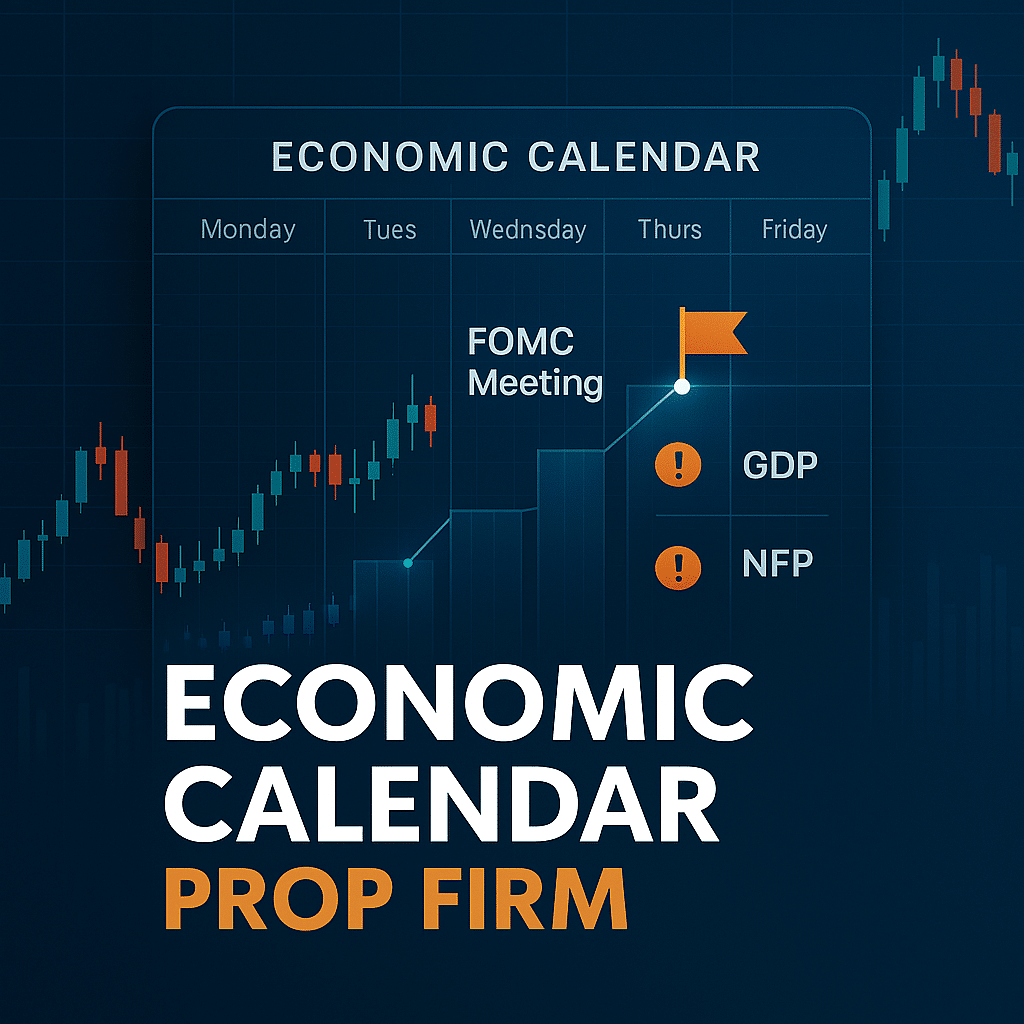Economic Calendar Prop Firm: How to Use an Economic Calendar in Prop Trading
For any trader working with a prop firm, mastering the use of an economic calendar is essential. Building your routine around an economic calendar prop firm approach can greatly improve trade timing, reduce unexpected risk, and sharpen your focus during key market events. Whether you’re still in the challenge phase or managing a funded account, this tool is one of your most powerful planning assets.
At Larsa Capital, we encourage traders to rely not only on technical setups but also on the macroeconomic context that shapes market sentiment. Knowing what’s ahead in the economic week can mean the difference between a controlled entry and a costly surprise.
Why an Economic Calendar Is Essential in Prop Trading
Understanding the economic landscape is fundamental in professional trading. In a prop firm environment, you are expected to act like a portfolio manager, not just a chart analyst. The economic calendar helps you prepare for high-impact events such as:
-
Central bank interest rate decisions
-
Non-farm payroll (NFP) releases
-
Inflation reports (CPI, PPI)
-
GDP growth data
-
Fed speeches and press conferences
By factoring in these events, traders can better predict market volatility and avoid taking trades blindly into uncertainty.
Building Your Economic Calendar Prop Firm Strategy
Creating a reliable process around the calendar doesn’t require advanced tools—just discipline and planning.
Review the Weekly Schedule Every Sunday
Start by scanning the full week’s data releases every Sunday evening. Platforms like Forex Factory, MyFXBook, or TradingView provide categorized event calendars with expected impact levels.
Color-Code Events by Impact Level
Use red, orange, and yellow codes (or your own system) to label events. High-impact events deserve more attention and might require adjusting position sizes or even avoiding new trades during those windows.
Set Alerts Ahead of Time
Rather than reacting, set calendar-based reminders. For example, 30 minutes before a major Fed statement, clear your screen or tighten stops if you have open positions.
Adapt Your Trade Strategy
If you are a breakout trader, you might want to trade around the volatility. If you’re more conservative, you might prefer to sit out during news events and trade the reaction instead.
How Larsa Capital Encourages Calendar-Based Trading Discipline
At Larsa Capital, we believe in structured, risk-managed decision-making. Traders who integrate the economic calendar prop firm strategy show greater consistency, avoid reckless trades, and develop better habits. In fact, avoiding unnecessary drawdowns during red-flag news can often be the difference between passing a challenge or starting over.
Calendar awareness also helps traders avoid violating firm rules, such as daily loss limits or maximum exposure near news spikes.
Common Mistakes to Avoid When Using the Economic Calendar
Many traders misuse the economic calendar by:
-
Ignoring medium-impact events that build up volatility
-
Overtrading right before or after high-impact news
-
Using the calendar but not adjusting their risk accordingly
-
Forgetting that different currencies are impacted by different events
To avoid these pitfalls, always connect the event’s context to the pairs you trade. Not every USD event will impact your trades if you’re focused on cross pairs or commodities.
Final Thoughts
Integrating the economic calendar prop firm strategy into your trading process is not optional—it’s critical. You don’t need to predict the news, but you do need to be ready for it. Proper use of the calendar allows you to anticipate, not react. It gives structure to your risk management and a time-based edge to your entries.
At Larsa Capital, we equip our traders with the mindset and tools to approach each week professionally—and the calendar is one of those essential tools. Make it part of your trading routine, and you’ll immediately see more focus, fewer surprises, and greater long-term success.

